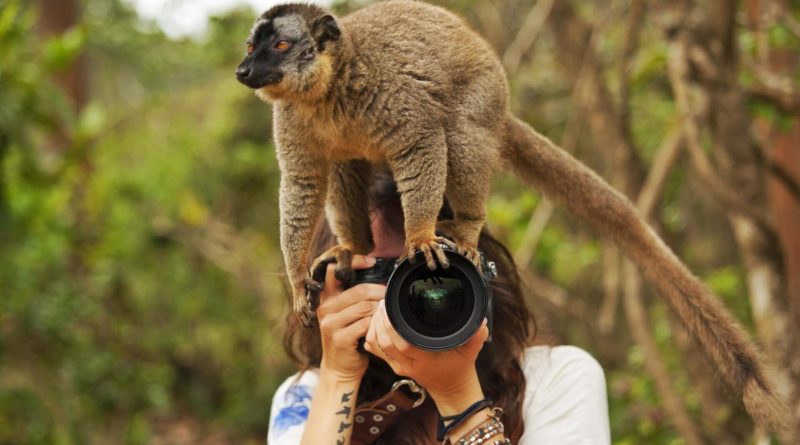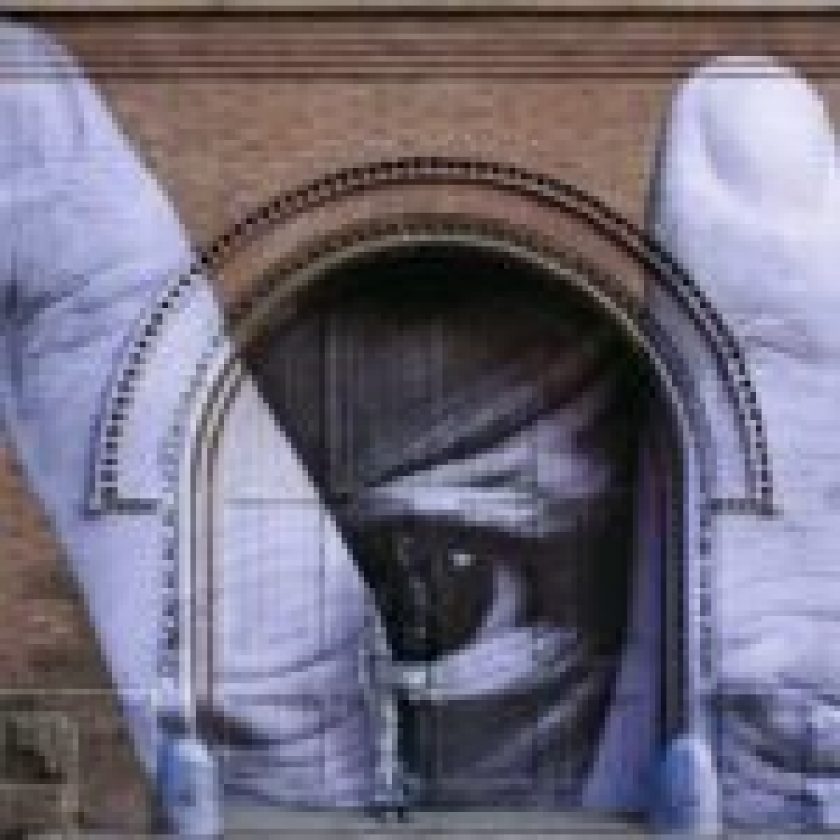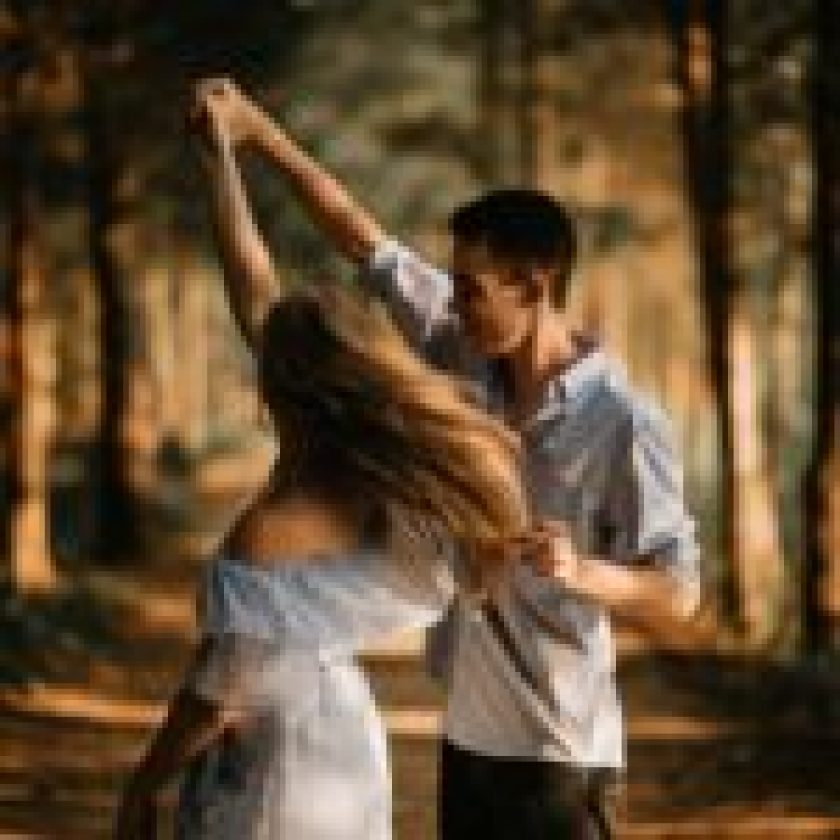Wildlife photography is painstaking and time-consuming. You need costly gear and the work takes you to dangerous places. While shooting, the subject is out of your control. And an opportunity to a perfect shot lasts often seconds after waiting for days. For this reason, you need a lot of practice to become professional. The wilderness is dangerous if you intend to get up close. So you need to adopt intelligent and respectful communication skills to meet wild animals.
You can follow professional work like Saen Higgins Photography to guide you towards the style you seek to pursue. National Geographic is a great publication to follow too. To be a professional wildlife photographer you need the right skill. Furthermore, you need to be responsible and most importantly you need a lot of practical experience.
What You Need to Be A Wildlife Photographer
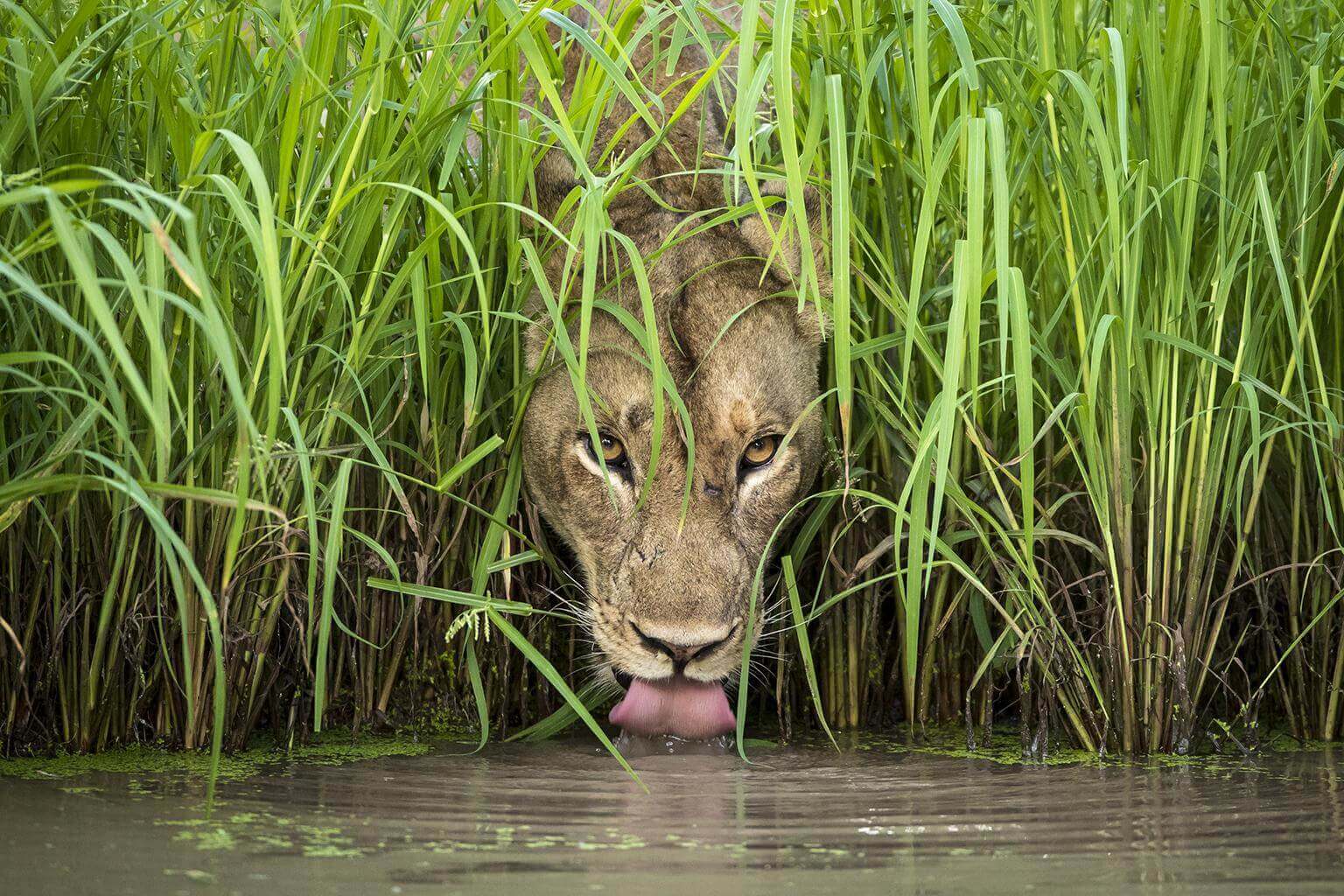
source: wttw.com
To be a wildlife photographer, you need to love animals but respect them. Along with passion in the bag, you need good photography skills. The factor that will set you apart from others is your instincts.
Improving Your Photography Skills
To endure is the goal for new wildlife photographers. You might have to wait for days to get lucky. Right when the moment dawns, be as professional as you can for a few seconds.
Expensive lenses and camera bodies may give you an edge. However, you will need to learn how to work with what you have. After all, your budget may not allow the latest technology.
As far as technical knowledge goes, learn to focus your shot in difficult circumstances. You also need to know about aperture, ISO, and Shutter Speed for spontaneous action.
The harsh wilderness endurance and photography skills necessary goes hand in hand with research. For Instance, if you are after capturing shots of hummingbirds, research wing-flapping rate to set the shutter speed. Also, you will know how rough it’s going to be where you are going.
Specific Skills for Working With Animals
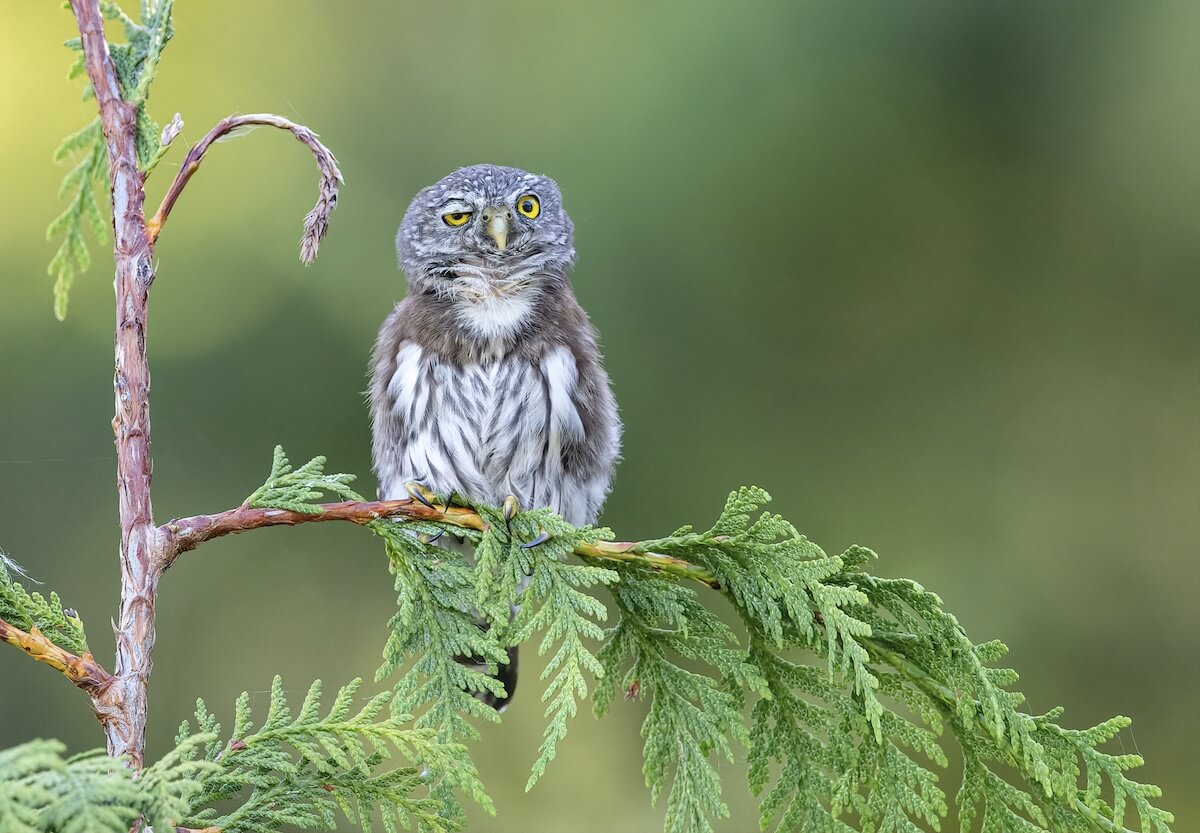
source: mymodernmet.com
If you intend to do animal photography, you need to be strong both mentally and physically. You will have to hold the camera for long periods and be very quiet.
The wait for the subject to appear is long and grueling. You may have to wait for days or even weeks for a herd of elephants to pass by.
Know that the world around you is living. So it is best to leave as little impact on nature as possible. Respect for nature and patience is critical here.
Remember to always keep your eyes open. Camouflage among animals is very common. Don’t miss out on what you wish to capture when it is right in front of you.
Sharpening Your Instincts
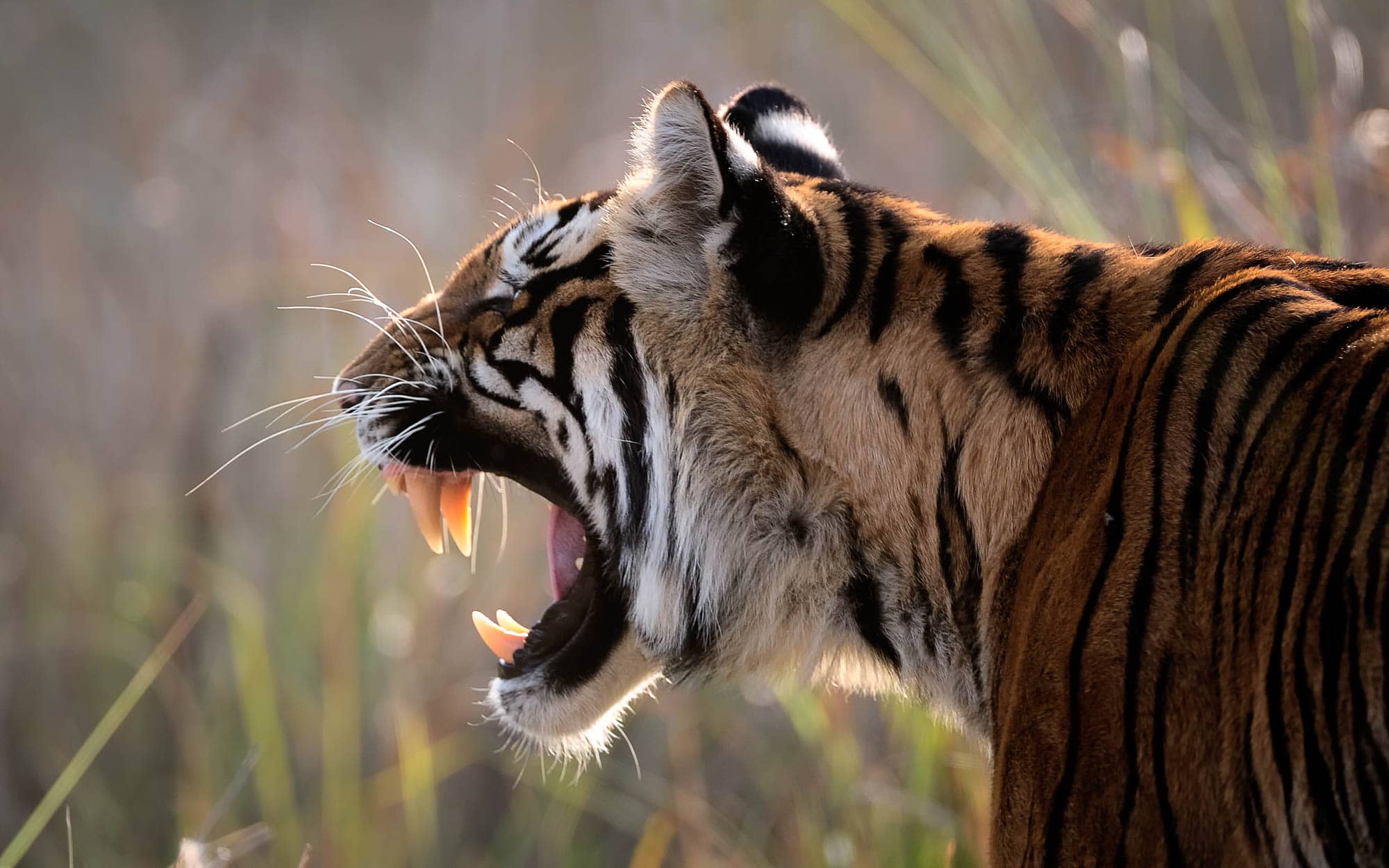
source: wildlifephototours.com
The more time you spend out in nature the better your instincts get. With time you will learn to hear, feel, smell, and see just like a wild animal.
Instincts are hard to adopt but patience will take you far. You will make a lot of mistakes but that is how you learn. Raw impulses will become a guiding lantern.
A helpful idea is to follow a tour guide. This could be an animal sanctuary on a different continent or the local zoo. Hear him out and see how he recommends engaging with animals.
Also, study animals for research and practical knowledge. This will help you develop a sound understanding of what to do at the right moment.
A Wildlife Photographers Role
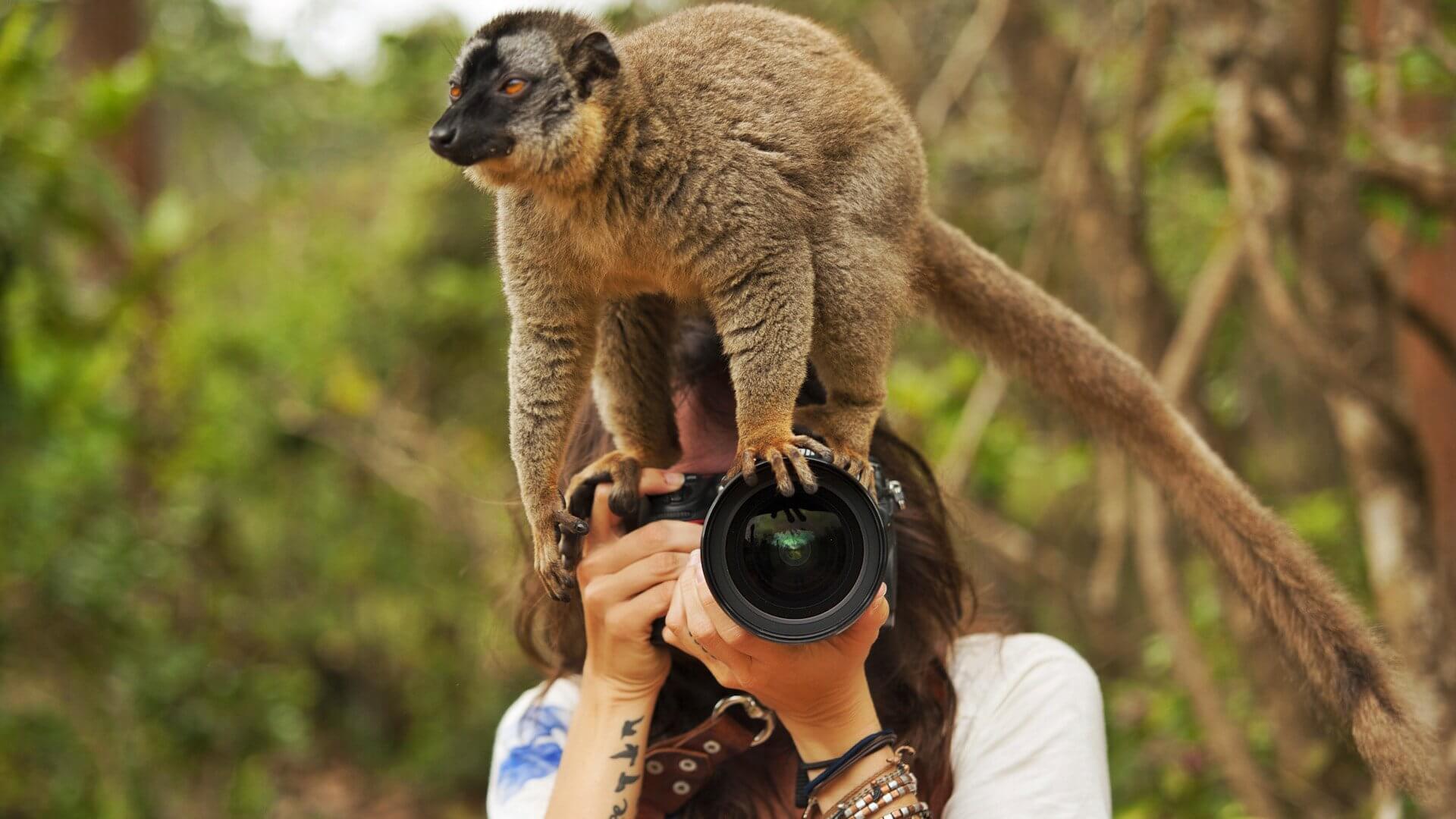
source: naturalworldsafaris.com
The wildlife photographer captures images of wild animals for different clients and reasons. Some of the themes that wildlife photographers cover are the following:
- The pictures of animals that don’t have a home as their habitat has been taken away.
- Images of wild animals eating vegetation or their prey.
- Animals in their way of life. For example, hunting, fighting, or giving birth.
- Wild creatures in their habitat.
- Invasive wild creatures outside their habitat.
- Pictures of animals for the sake of art and beauty
- Images of Wildlife for environmental activism purposes
Some wildlife photos are for editorial purposes. In other cases, photos can give light to new research.
The Obligations of A Wildlife Photographer
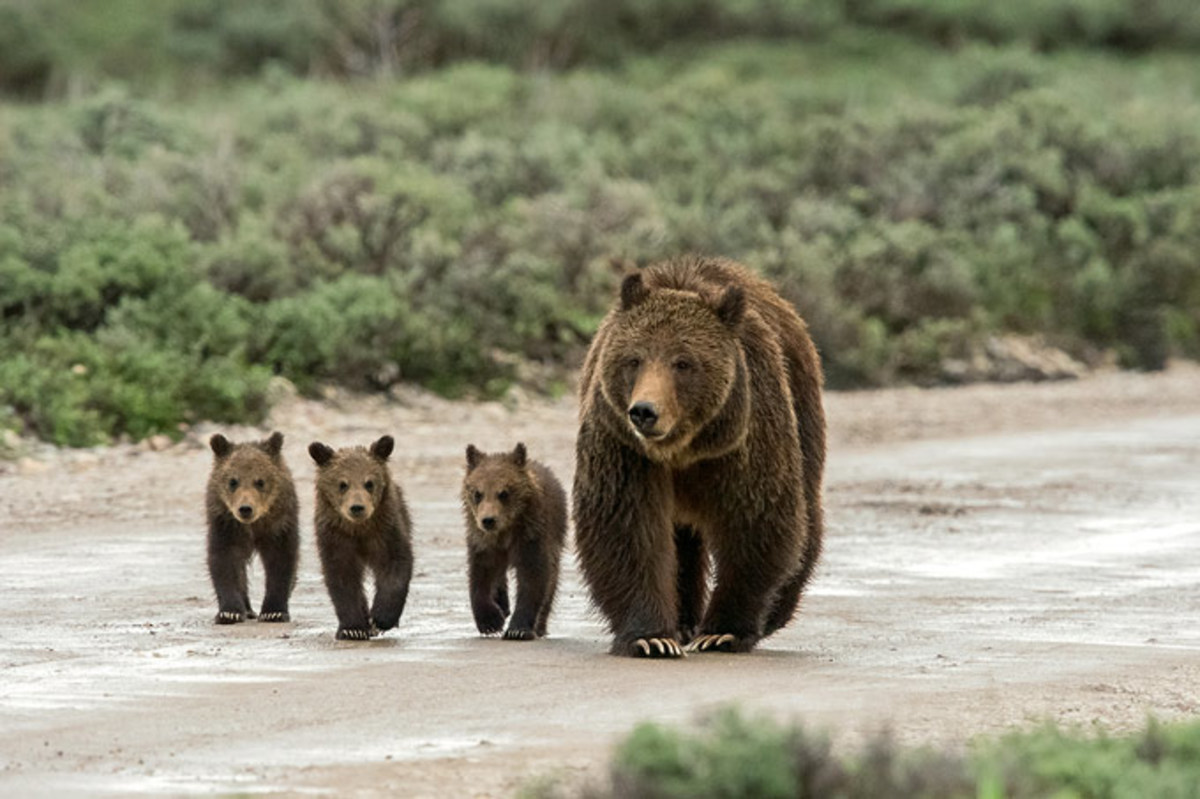
source: yellowstonepark.com
A Wildlife photographer has to abide by the law. They should also be transparent regarding how the image came to be. Truthfulness to the audience is a trait of a good Wildlife Photographer.
So, you should know about the laws for photography in areas of interest. After all, regulations keep the animals and environment safe.
You should also be truthful about how you acquire images. Though there are photographers who stage photos for the sake of beauty, total transparency is much more ethical. So, let your audience know everything about the photo.
In general, it’s your job not to interfere with nature and respect wildlife. Go out there and document truthfully and the world will be better for it.
How To Earn As A Freelance Wildlife Photographer
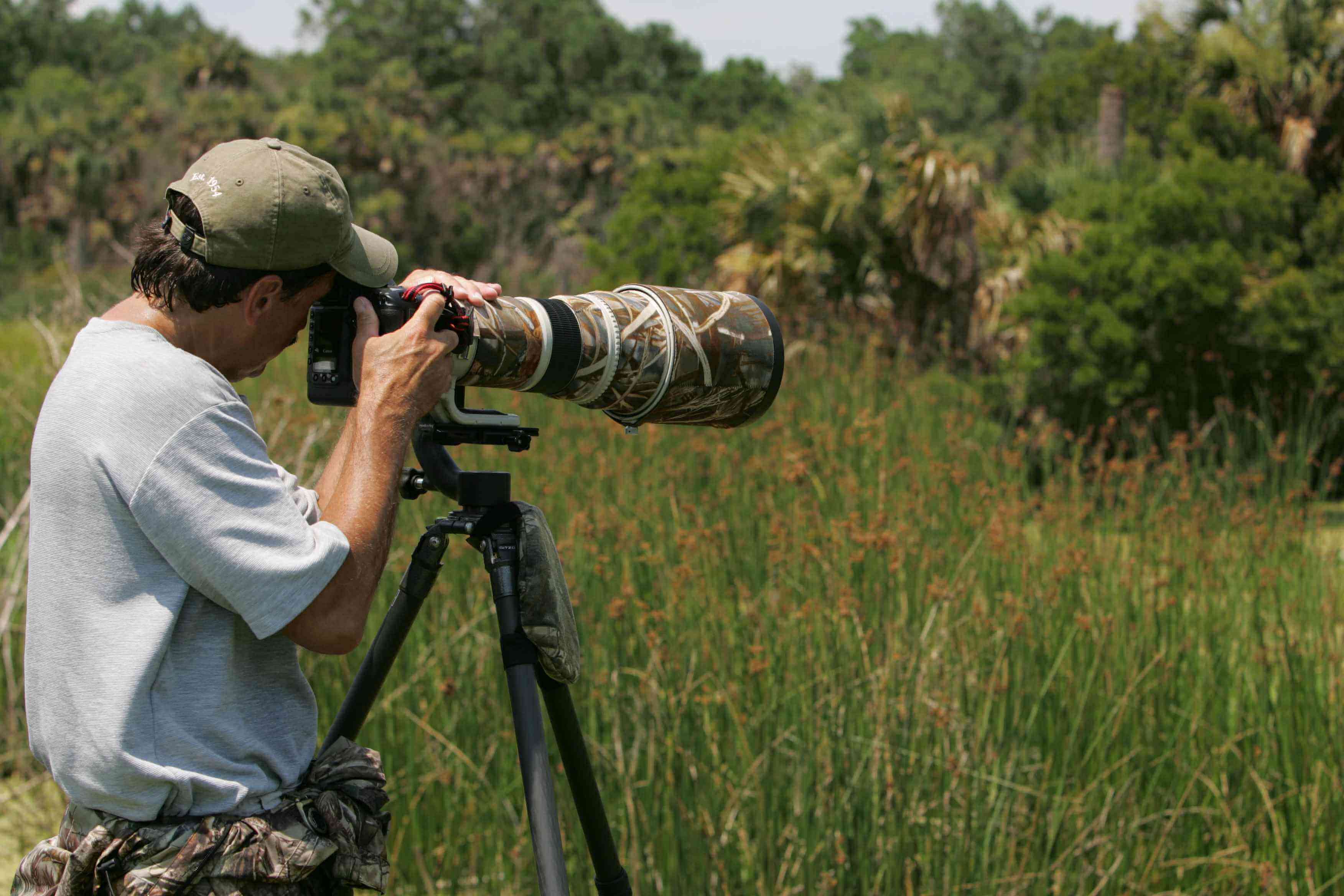
source: naturalworldsafaris.com
The first thing you have to do is get your portfolio in order. Wildlife photographs don’t stack up as fast as other forms of photography as good shots are rare and require time.
While creating your portfolio, keep the target audience in mind. Some clients might go for image quality while others are after rare species. So, pick wisely while presenting the portfolio.
Now that you have photos to present, you need to find some clients. You may find journals and magazines who have an interest in your specific subject of photography. Zoos and national parks may need wildlife photography too.
You can also create your website to sell your photography. Sites like Shutterlock help you sell your works of art.
There are a lot of ways to market your services or your existing work of photography. It’s a good idea to make business cards for yourself.
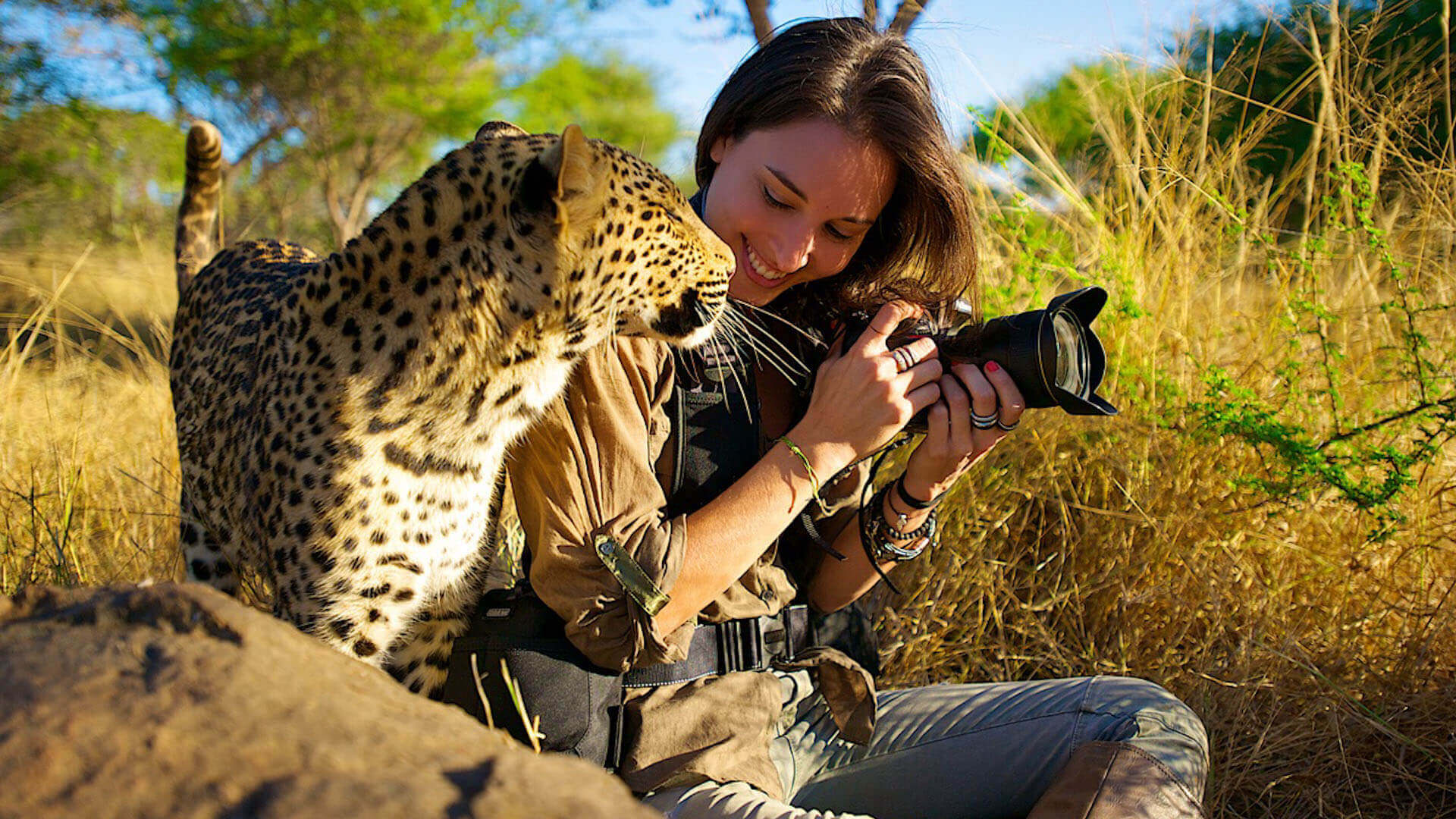
source: cruisepassenger.com.au
Always remember to do some research about the client you are about to present to.
Another way of marketing yourself is via social media. Facebook, Instagram, and even Youtube are great places to build your follower base.
The more recognition you have, the better your chances are in getting new work. The next client is quite often a fan of your work who was just surfing through the internet.
Keep Learning
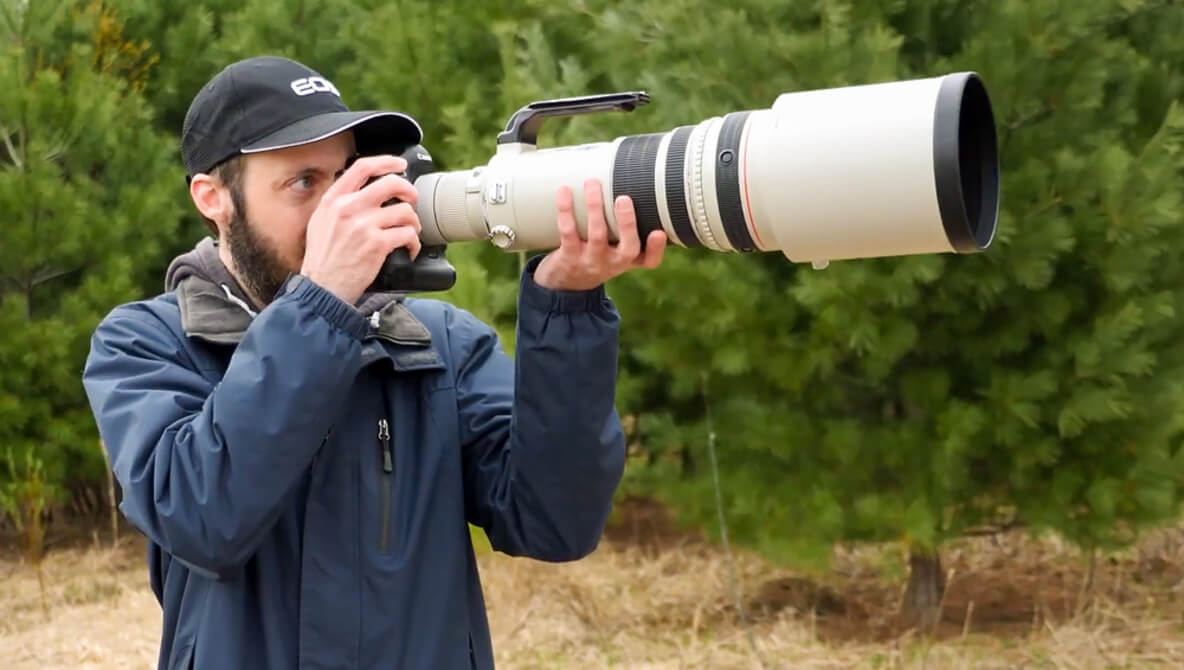
source: fstoppers.com
There is no end to learning in wildlife photography as you never know what nature throws at you next. As a result, you need to be careful at all times regardless of experience. After all, you don’t want to end up being a lion’s chow.
Learning also includes research on the internet. Learn as much about your next location and subject.
Wild Photography will give you a sense of purpose. It will transform you from a cubicle nerd to a wild man and back again. Practice your photography and learn how to withstand the harsh wilderness and most importantly be transparent.
The more truthful you can be as a wildlife photographer, the better. Your chances of a long rewarding.career as a wildlife photographer start with your first click of truth and authenticity at Live Enhanced.

